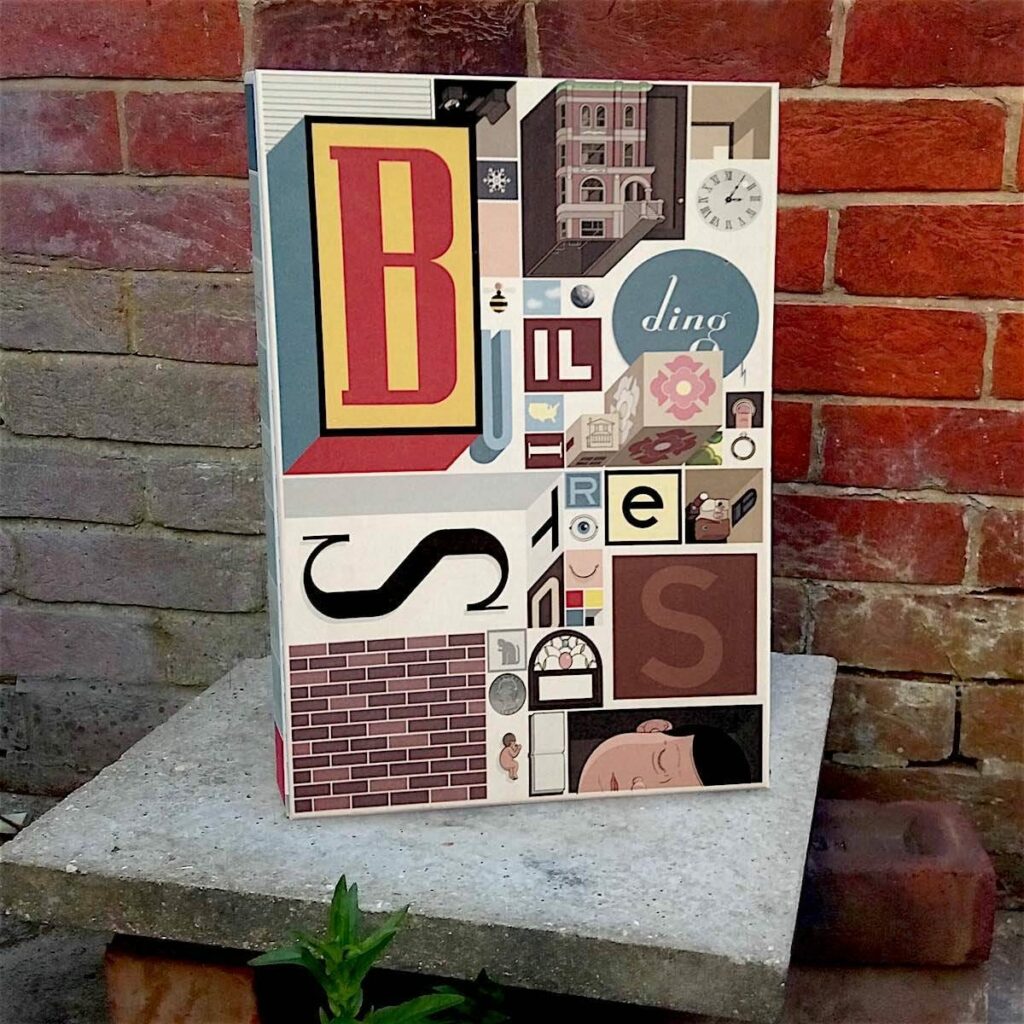Demolition
Tools for Possibilities: issue no. 98
Once a week we’ll send out a page from Cool Tools: A Catalog of Possibilities. The tools might be outdated or obsolete, and the links to them may or may not work. We present these vintage recommendations as is because the possibilities they inspire are new. Sign up here to get Tools for Possibilities a week early in your inbox.
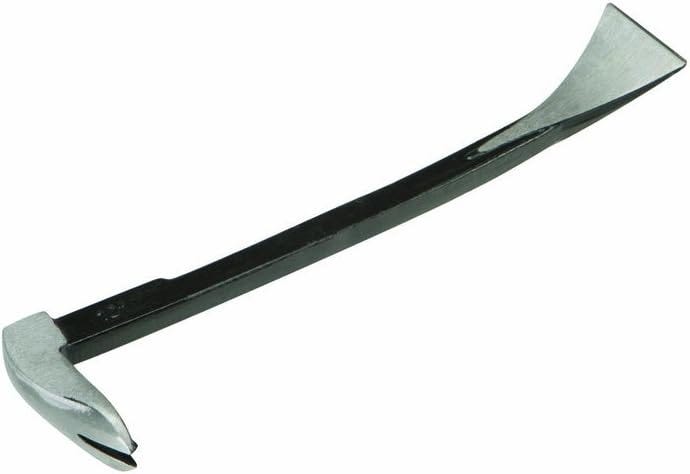
Cheap and Nearly Indestructible Carbon Steel Wrecker
I got one of these pry bars at a Harbor Freight about 10 years ago and have since gotten many more as gifts and spares. Their natural versatility is furthered by expendability (often on sale for $2.50).
I’ve used mine to pry off moulding, pry flooring slats tightly together, widen gaps too tight for a full crowbar, chisel old mortar off bricks, open paint cans, scrape paint, caulk, act as a spacer when decking, bang on various things, and pull nails in tight locations with its cat’s paw.
It’s a great general purpose abuse tool that fits in a small toolbox and won’t worry you if chipped, bent, painted, greased, bespeckled with construction adhesive, or lost. — Evanda

Superior nail puller
Pry bar nail pullers will gouge a quite horrible crater in your material unless the nail is at the surface, or just the right size. With this one, on the other hand, I can extract a headless nail from more than a centimeter inside a beam. The wood was not unscratched of course, but since it was compressed rather than splintered, a bit of water can make it swell back up somewhat. — Gaute Amundsen
This design is not new. You can find antique nail pullers like this hundreds of years old. The sharp teeth of this tool are perfect for slicing into the wood, yanking out deep air-hammered nails, or finishing nails from a surface you care about. There are several different makes; none are cheap, but these last a lifetime. — KK

Best Nail Puller
I recently needed to remove several panels of particle board subflooring while preparing to install a hardwood floor. These panels were fastened with a gazillion ring-shanked nails, driven in by an overly enthusiastic pneumatic nail-gun operator. After much sweat and frustration with a conventional assortment of hammer claws, cat paws, and pry bars, I finally came across the magic tool. It’s the Japanese manufactured SharkGrip Nail Puller. The tool very efficiently gets underneath the offending nail head and will even latch onto the nail’s shank should the head shear off. It’s available in various sizes and configurations. — Mike Pel
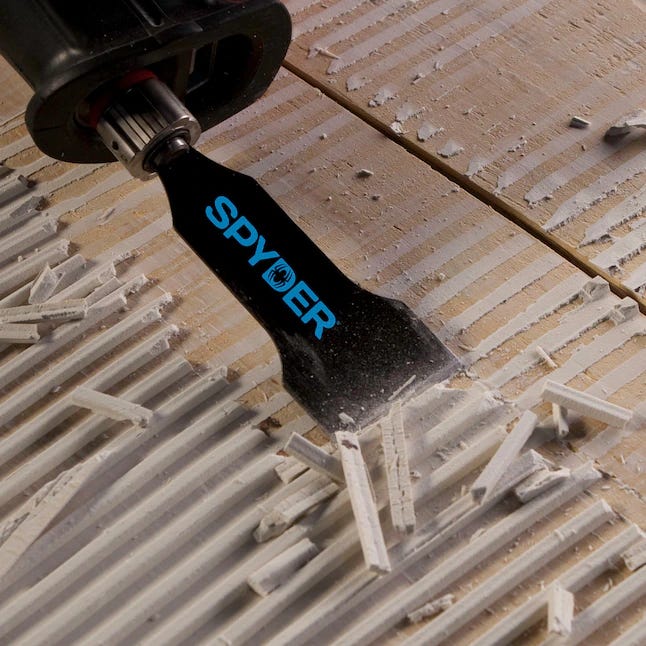
Tile remover
Last year I removed some old vinyl tile from our dining room. Even with the help of a friend and a a heavy duty floor scraper, it took all afternoon. Some tiles popped up fine, but most stuck tenaciously and had to be pried up with a thin blade. Miserable.
The kitchen had the same tiles, and yesterday I cleared them all out by myself in about 30 minutes without breaking a sweat. The difference? A Spyder Scraper, which fits into any brand reciprocating saw.
It’s not a complete solution alone, because it’s hard to get the saw itself underneath the tiles as they peel up. Use the Spyder to loosen the edges, and then a long handled manual scraper to scoop up the tiles. When the manual scraper hits another tough edge, hit it with the Spyder again. Two people working together in this fashion should be able to clear 300 sq-ft in well under an hour.
I used the 4″ blade; they also come in 2″ and 6″ for different purposes including removing tiles adhered with thinset. I wish I’d had one a couple of years ago whenI redid the bathroom!— Scott Noyes
Whatever tool you use, do what we used to do: buy a block of dry ice and put it briefly on each tile before removal (put it on the next tile while you work on the current one). The tiles shatter easily, the glue is rendered brittle, and removal is fast. — John Jorsett
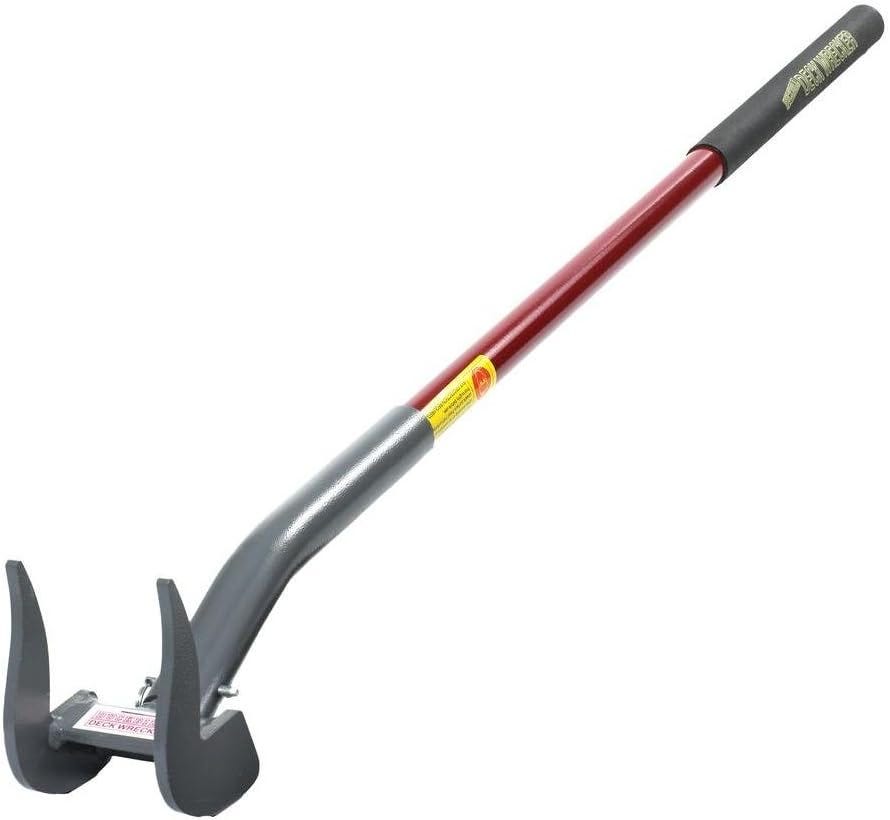
Demo specialist
I set out to replace the boards on our backyard deck this summer, and initially tried removing the old boards with a three-foot crowbar. The main problem was getting it between the deck board and the joist, so I could start prying. This required a hammer to drive it under the board. Then with a lot of effort, time and hammering I eventually removed one board. Clearly not the way to do the entire deck.
After some searching I discovered the Duckbill Deck Wrecker. This thing is a monster. It sits on the joist and has two legs that straddle the joist and slip under the board you’re removing. With almost 4 1/2 feet of leverage it’s easy to pry up the board, progressing along its length every one or two joists. You stand on the old section of deck and push the handle of the Duckbill up, thus prying up the old board in front of you. As far as other tools go, Mayhew’s Cats Paw functions with a similar design, though without the rotating head. The Cats Paw has a little less leverage and costs a little more.
The first, outermost, board(s) must be removed some other way to expose enough joist so that the Duckbill can fit under a board. As you make your way closer to the house — putting down new boards as you take old ones up — eventually there isn’t room to stand behind the Duckbill. At this point you remove the Duckbill head (it’s pinned to the shaft and can be rotated 180°), turn it around and now you are standing on the new decking and pulling the handle of the Duckbill to remove the last few old boards.
I’m sure I will find some other uses for this thing, but even if it’s only good for decks, it was well worth the money. — Jeff Scott
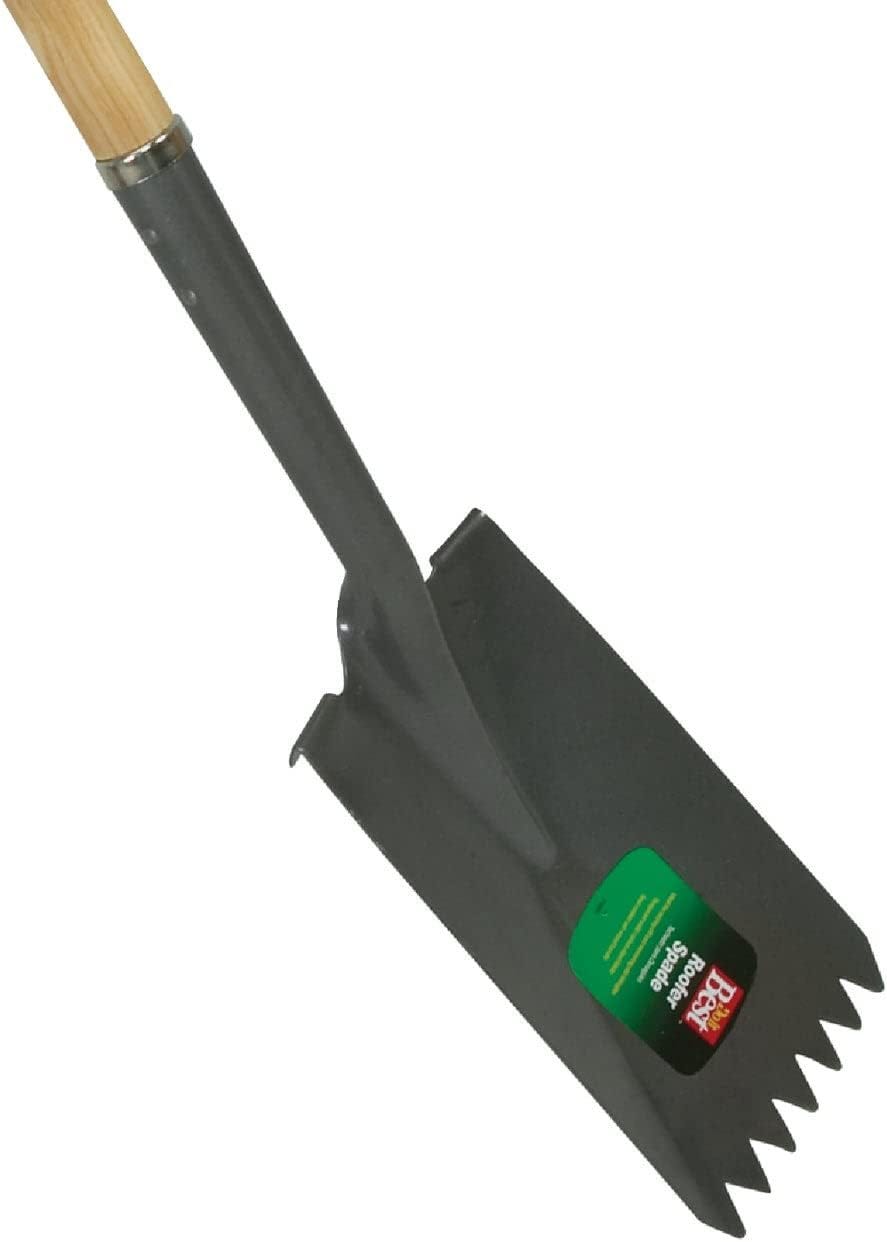
Shovel with leverage
This is designed for and sold as a roofing shingle removal shovel, but what it actually is is a shovel with teeth and a fulcrum. I bought it twelve years ago to strip my roof. It did the job then, and ever since I’ve used it for everything but stripping shingles. The teeth are good for cutting through and breaking up a variety of materials. The fulcrum maximizes prying leverage (and also reinforces the blade tip so as to not fold while prying).
What this is really great for is removing thick layers of ice or hard packed snow from pavement. The teeth do a great job of digging under and breaking up the layers, and the fulcrum often lets me pop large sections of a layer up in one piece. — Gary Puckett
08/5/24





















